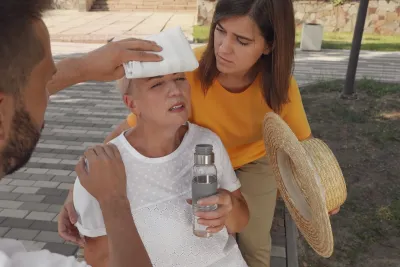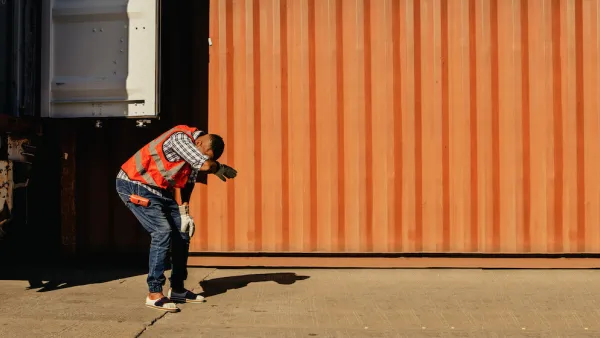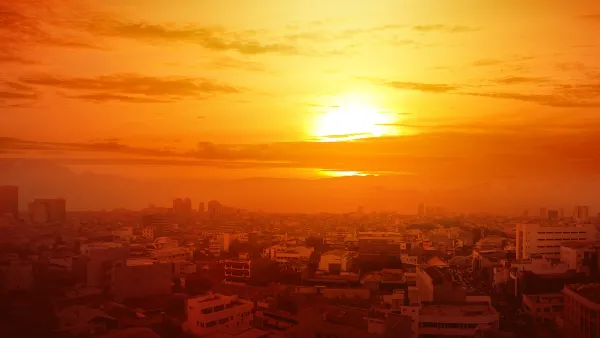Cities can protect residents from extreme heat by enhancing natural and built infrastructure, establishing heat response strategies, and implementing national policies for worker safety and disaster response.

Extreme heat is becoming increasingly common across the United States, with recent records showing the hottest months and years on record. The rising temperatures not only lead to more heat-related deaths but also impose significant economic costs. As Elizabeth Babcock and Michael Shank share in this article, while the long-term solution to this problem involves reducing fossil fuel consumption, there are several immediate actions cities can take to mitigate the impact of extreme heat and protect residents.
One effective approach is enhancing natural and built infrastructure to cool urban environments. Expanding tree canopies, especially in disadvantaged communities, can lower temperatures significantly. Green roofs, reflective cool roofs, and converting community spaces like libraries, recreation centers, and schools into cooling centers are practical measures. Additionally, creating resilience hubs in various community spaces can provide essential services and support year-round, helping residents cope with extreme heat.
Human and policy infrastructure also play crucial roles in mitigating heat impacts. Cities can appoint chief heat officers to coordinate heat response efforts across all departments and develop comprehensive heat strategies. Partnering with community groups to distribute cooling resources and focusing on efficient, low-carbon cooling solutions are essential steps. Nationally, establishing a heat safety standard for workers and creating a disaster declaration capacity for heat at the federal level are necessary to protect public health and ensure a robust response to extreme heat events.
To learn more, please read the source article.
FULL STORY: 4 ways that cities can and should protect their citizens from extreme heat

National Parks Layoffs Will Cause Communities to Lose Billions
Thousands of essential park workers were laid off this week, just before the busy spring break season.

Retro-silient?: America’s First “Eco-burb,” The Woodlands Turns 50
A master-planned community north of Houston offers lessons on green infrastructure and resilient design, but falls short of its founder’s lofty affordability and walkability goals.

Delivering for America Plan Will Downgrade Mail Service in at Least 49.5 Percent of Zip Codes
Republican and Democrat lawmakers criticize the plan for its disproportionate negative impact on rural communities.

Test News Post 1
This is a summary

Test News Headline 46
Test for the image on the front page.

Balancing Bombs and Butterflies: How the National Guard Protects a Rare Species
The National Guard at Fort Indiantown Gap uses GIS technology and land management strategies to balance military training with conservation efforts, ensuring the survival of the rare eastern regal fritillary butterfly.
Urban Design for Planners 1: Software Tools
This six-course series explores essential urban design concepts using open source software and equips planners with the tools they need to participate fully in the urban design process.
Planning for Universal Design
Learn the tools for implementing Universal Design in planning regulations.
EMC Planning Group, Inc.
Planetizen
Planetizen
Mpact (formerly Rail~Volution)
Great Falls Development Authority, Inc.
HUDs Office of Policy Development and Research
NYU Wagner Graduate School of Public Service





























